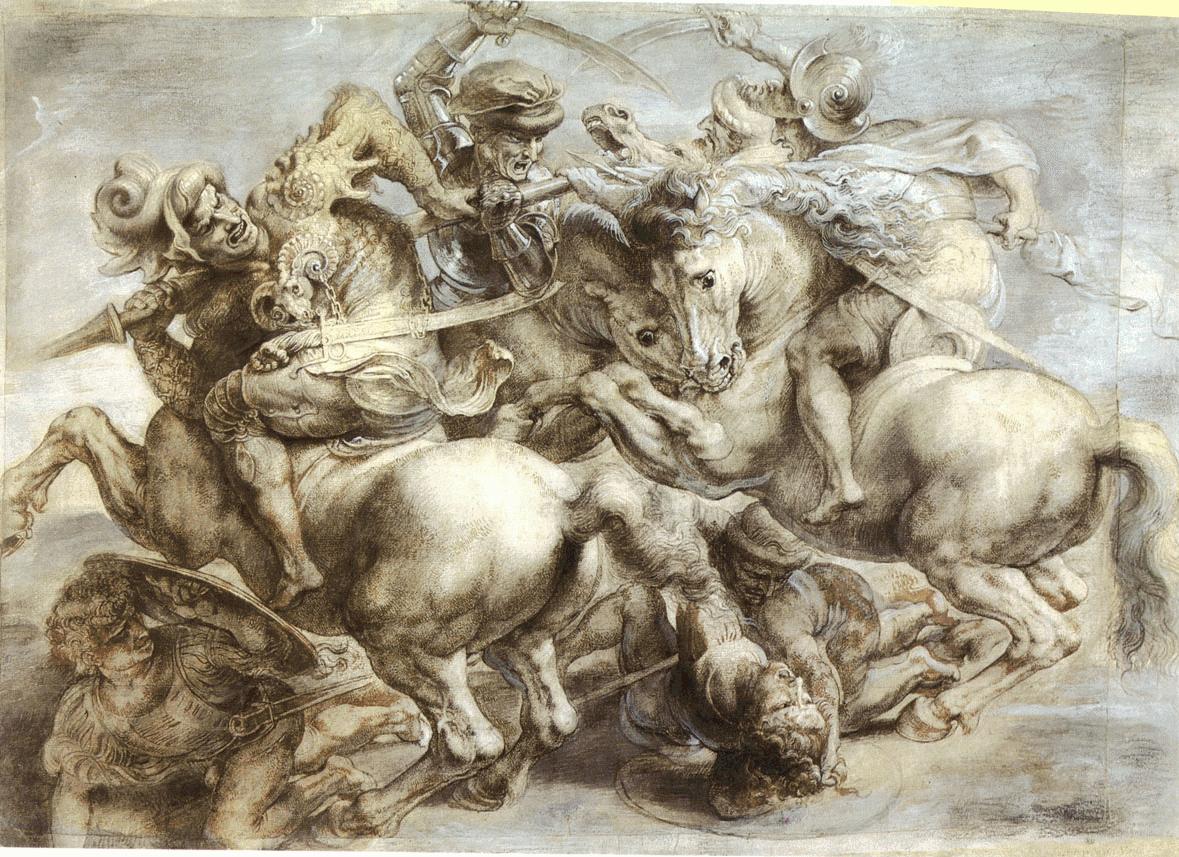For a company, deciding who to try to sell its products to is a big choice. Sometimes, the products themselves dictate the customer and ultimately the market a company participates in. In this lesson we will learn about two main markets, vertical and horizontal.
A First Look at Markets
Meet Tonya! Tonya has just started her own business selling flowers. Because she loves to garden she decided that she could make a career out of her passion. But while she is a very skilled gardener and very knowledgeable about a wide variety of plants, her business skills are basic at best. She knows that if she is going to be successful, she needs to reach out to those who would be most interested in her products. But where does she begin? Who is her target consumer? What type of market would work best for her business? Come along as Tonya learns all about markets in order to excel at her new business.
Foundation Definitions
Before Tonya can decide which market to target, she needs to learn about her options. Basically, there are two major markets that she can pursue. First there is a horizontal market. A horizontal market is the more basic of the two markets in that it allows a business to market to a wide variety of potential customers, regardless of what type of industry or business it is in. For example, paper would be a product that could be marketed horizontally. People in a wide variety of industries use paper. Paper is not a specialty product that only those in a special industry would use.
A vertical market is a more specific market that focuses on the needs of a certain group of individuals in a certain industry. In other words, a vertical market prioritizes specialties in specific markets. For example, a bank that specializes in agricultural loans would be a vertical market. Only those who are looking for money to fund their agricultural needs would be in the market for an agricultural loan. The loan is for a specific group of people in a specific industry.
Advantages of Both Markets
So why would Tonya pick one market over the other? What do horizontal markets offer that vertical markets do not and vice versa? Below you will find the advantages of choosing each market.
Advantages of Vertical Markets
1. Specialized products – With vertical markets, businesses know that they can provide products that are specialized to certain companies and their needs. This makes those companies happy because they have a producer that can provide them with the specialty product they are looking for. For Tonya, this could be beneficial because she would be able to market to customers that are specifically looking for the special plants she grows.
2. Greater concentration – Companies that specialize in one particular product can spend all of their time focusing on that product. A company that creates multiple products has to spread its focus amongst all of the products. However, a company with just one product can put all of its time, energy, and money into the success of that product. Tonya knows that if she chose a vertical market, she would be able to sell those flowers that are special to her and that she excels at growing.
3. Competition – With a more specialized a product there are fewer companies producing the same product. For Tonya, if she decides to grow a rare breed of roses, she may have less competition because only a few other gardeners grow that specialty.
Source: Vertical Markets vs. Horizontal Markets | Study.com
